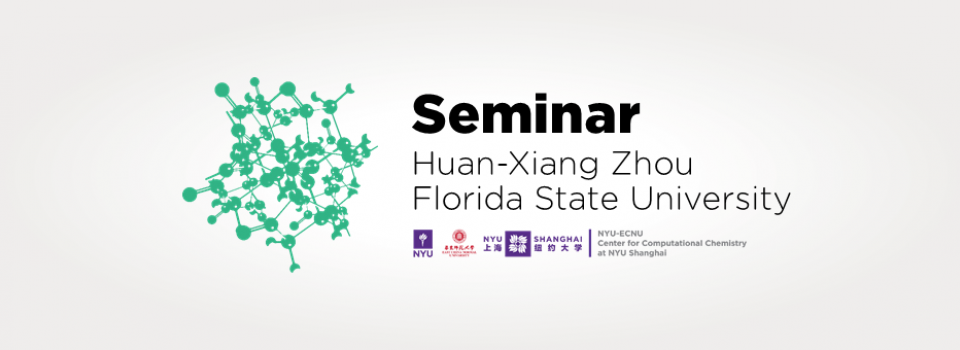
Abstract
Proteins are made up of 20 types of amino acids with varying physical properties. Amino acids with ionizable and polar side chains, through forming ion pairs, hydrogen bonds, and other less specific electrostatic interactions, impart important properties to proteins. Modulation of the charges on these amino acids, e.g., by pH and by phosphorylation and dephosphorylation, have profound effects such as protein denaturation and switch-like response of signal transduction networks. This talk will present a unifying theme among the various effects of protein charges and polar groups. Simple models will be used to illustrate basic ideas about electrostatic interactions in proteins, and these ideas in turn will be used to elucidate the roles of electrostatic interactions in protein structure, folding, binding, assembly, and related biological functions. In particular, I will examine how charged side chains are spatially distributed in various types of proteins and how electrostatic interactions affect thermodynamic and kinetic properties of proteins. Both important historical developments and recent experimental and theoretical advances in quantifying electrostatic contributions of proteins will be highlighted.
Biography of the Speaker
Huan-Xiang Zhou received his Ph.D. from Drexel University in 1988. He did postdoctoral work at the National Institutes of Health with Attila Szabo and Robert Zwanzig. After faculty appointments at Hong Kong University of Science and Technology and Drexel, he moved in 2002 to Florida State University, where he is now Distinguished Research Professor. Among the accolades that he received, he was elected fellow by the American Association for the Advancement of Science (Publisher of the journal Science) in 2008 and by the American Physical Society in 2010. He has served on numerous grant review panels and journal editorial boards. His group currently does theoretical, computational, and experimental research on protein association, on crowding and emergent properties of cellular environments, on structures and functional mechanisms of ion channels and other membrane proteins, and on self-assembly of peptides.


